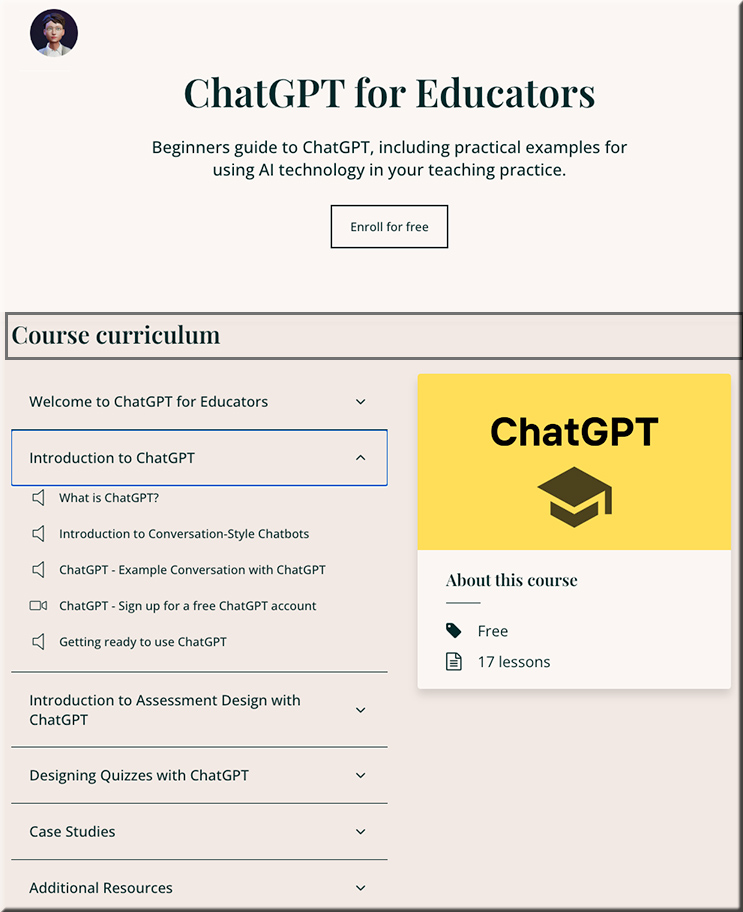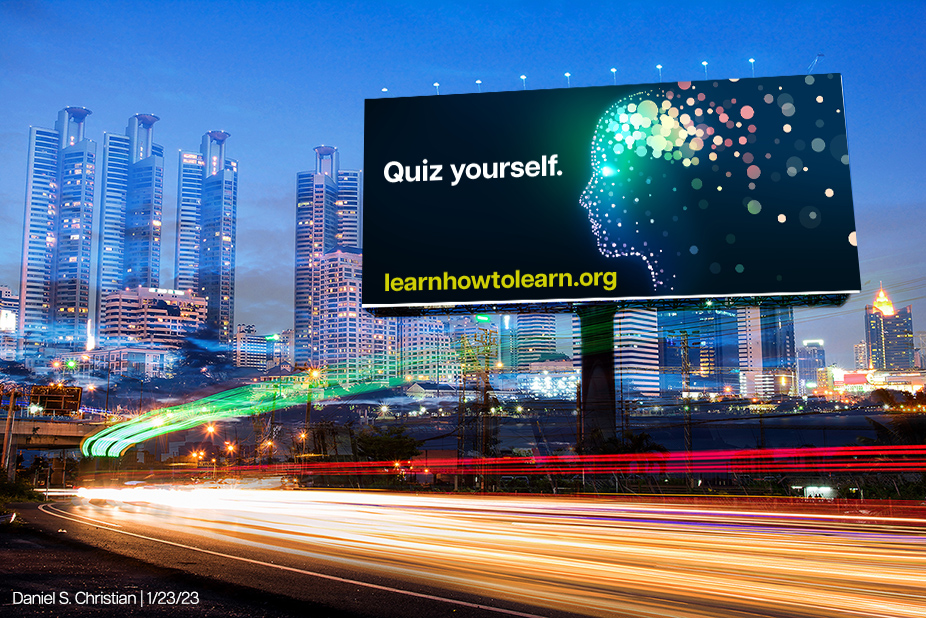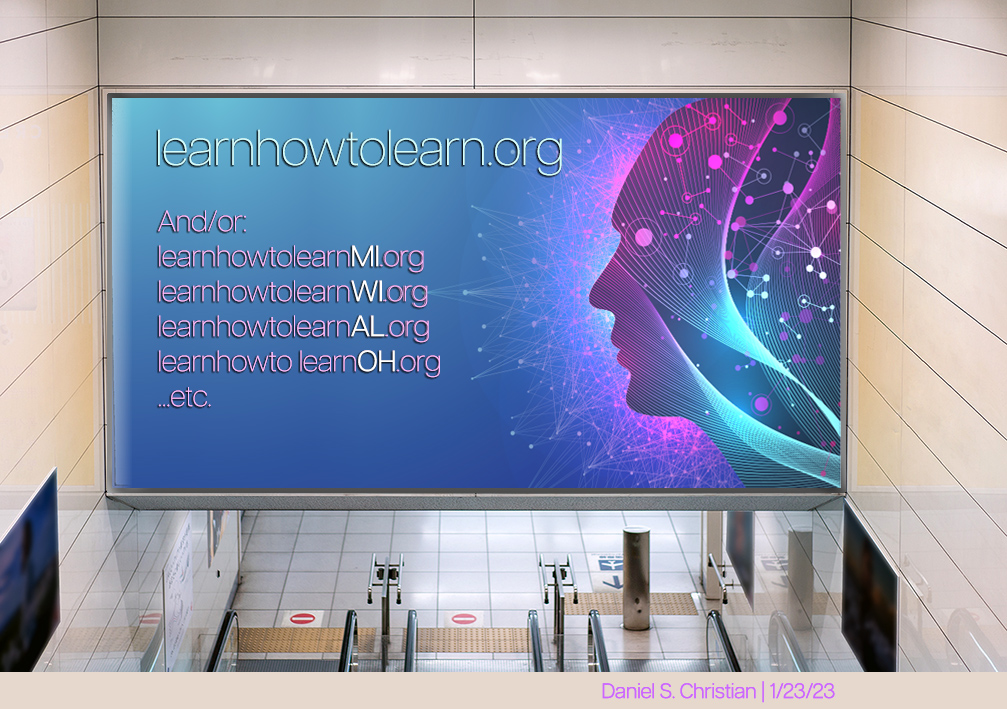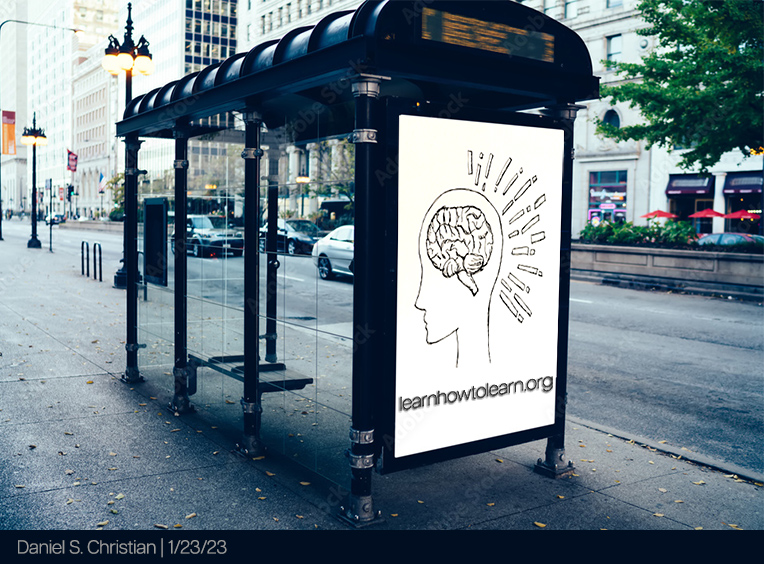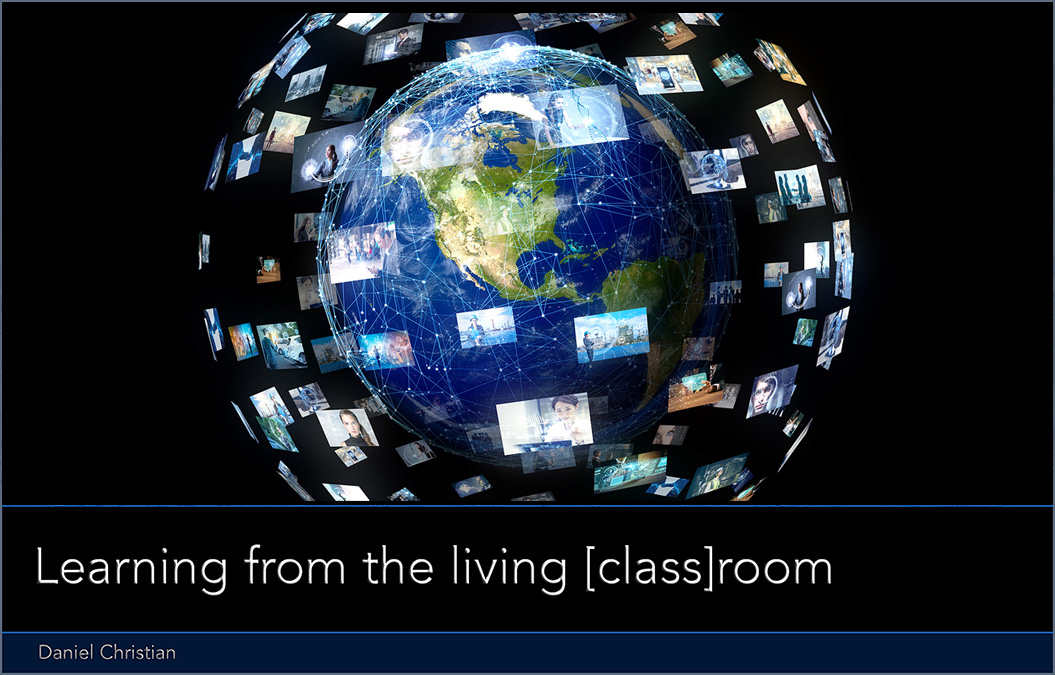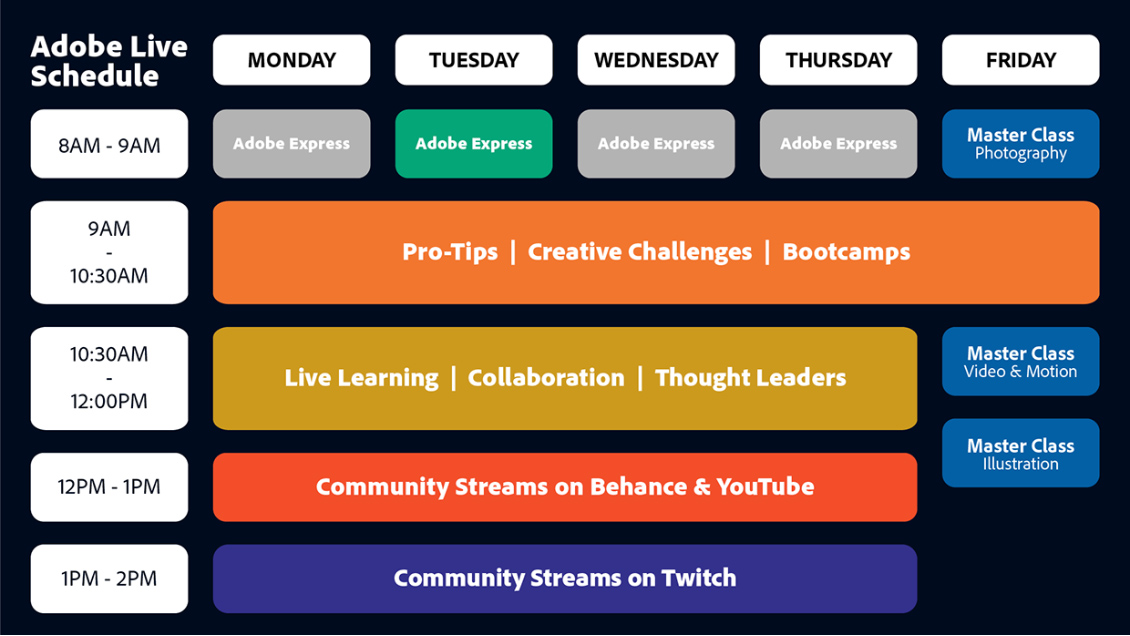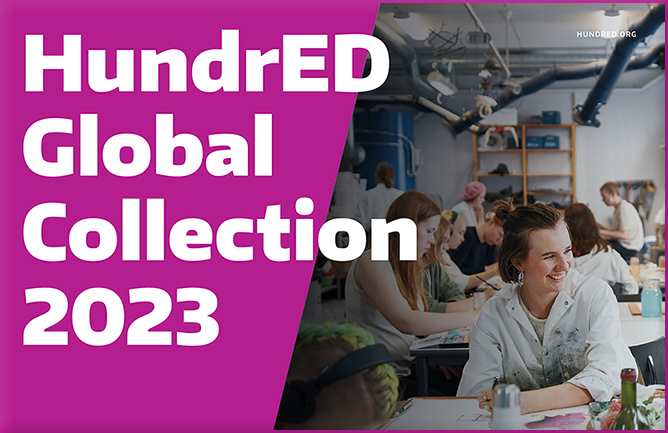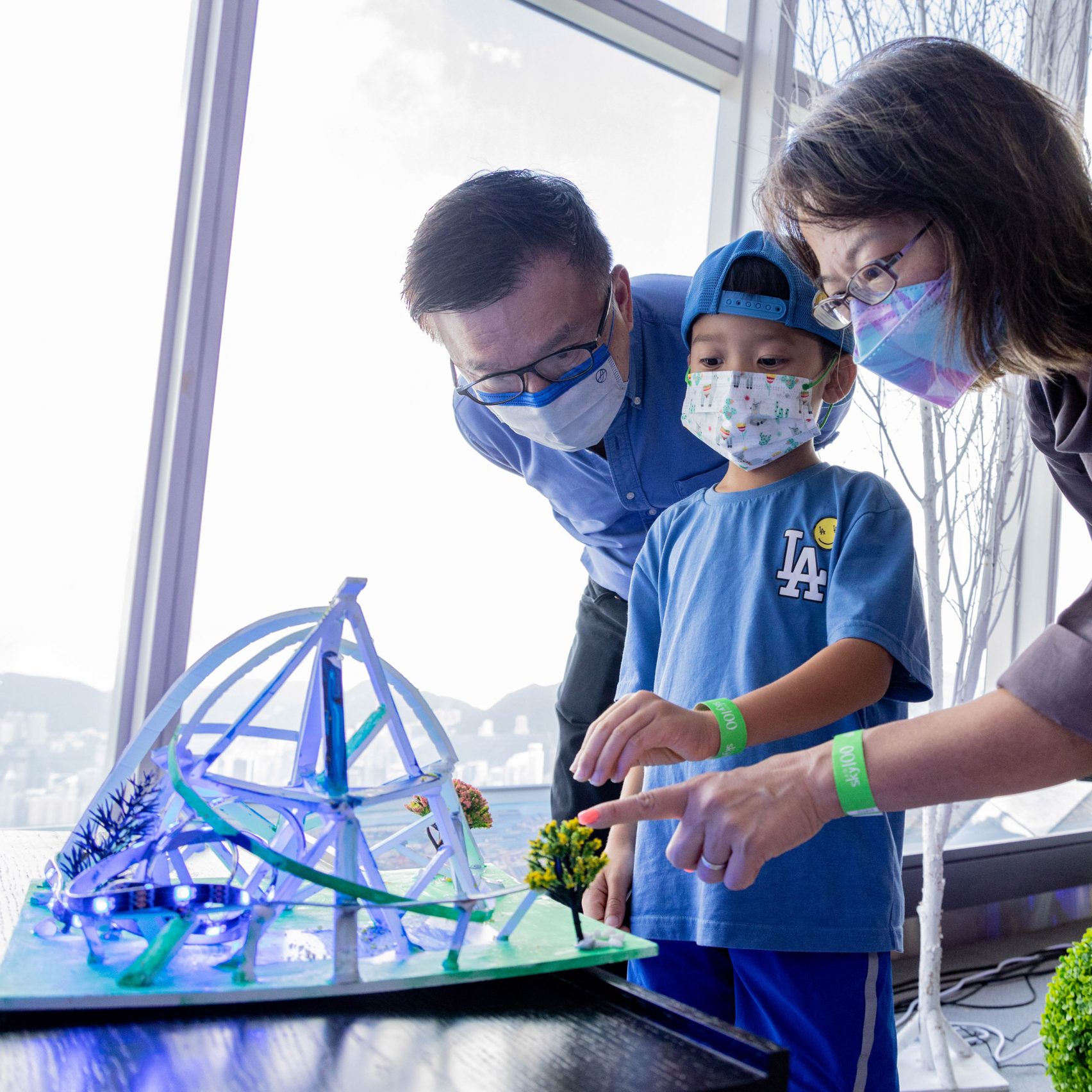Educator considerations for ChatGPT — from platform.openai.com; with thanks to Anna Mills for this resource
Excerpt:
Streamlined and personalized teaching
Some examples of how we’ve seen educators exploring how to teach and learn with tools like ChatGPT:
- Drafting and brainstorming for lesson plans and other activities
- Help with design of quiz questions or other exercises
- Experimenting with custom tutoring tools
- Customizing materials for different preferences (simplifying language, adjusting to different reading levels, creating tailored activities for different interests)
- Providing grammatical or structural feedback on portions of writing
- Use in upskilling activities in areas like writing and coding (debugging code, revising writing, asking for explanations)
- Critique AI generated text
While several of the above draw on ChatGPT’s potential to be explored as a tool for personalization, there are risks associated with such personalization as well, including student privacy, biased treatment, and development of unhealthy habits. Before students use tools that offer these services without direct supervision, they and their educators should understand the limitations of the tools outlined below.
Also relevant/see:
-
- Designing Assignments in the ChatGPT Era — from insidehighered.com by Susan D’Agostino
Some instructors seek to craft assignments that guide students in surpassing what AI can do. Others see that as a fool’s errand—one that lends too much agency to the software. - 5 Ways Instructional Designers Can Use ChatGPT — from drlukehobson.com by Luke Hobson
- AI, ChatGPT, instructional design, and prompt crafting — from veletsianos.com by George Veletsianos, PhD
- Designing Assignments in the ChatGPT Era — from insidehighered.com by Susan D’Agostino
Excerpt (emphasis DSC):
David Wiley wrote a thoughtful post on the ways in which AI and Large Language Models (LLMs) can “provide instructional designers with first drafts of some of the work they do.” He says “imagine you’re an instructional designer who’s been paired with a faculty member to create a course in microeconomics. These tools might help you quickly create first drafts of” learning outcomes, discussion prompts, rubrics, and formative assessment items. The point is that LLMs can quickly generate rough drafts that are mostly accurate drafts, that humans can then “review, augment, and polish,” potentially shifting the work of instructional designers from authors to editors. The post is well worth your time.
…
The question that I’d like to spend some time thinking about is the following: What new knowledge, capacities, and skills do instructional designers need in their role as editors and users of LLMs?
This resonated with me. Instructional Designer positions are starting to require AI and ML chops. I’m introducing my grad students to AI and ChatGPT this semester. I have an assignment based on it.
(This ain’t your father’s instructional design…)
We’re piloting ChatGPT Plus, a $20/mo subscription for faster response times and reliability during peak hours: https://t.co/ZDK37w9MIs
— Greg Brockman (@gdb) February 1, 2023









